If you need to find your property lines, you might be looking to hire a surveyor. Traditionally, this is the only way to figure out where your property lines begin and end. However, surveys are expensive—sometimes costing thousands of dollars. Maybe there is another way.
The LandGlide app is designed to help people find their property lines using their smartphones. Thanks to advanced parcel data and the GPS on your device, LandGlide features up-to-date data that can show you where your property lines are.
How to Find Your Property Lines With LandGlide
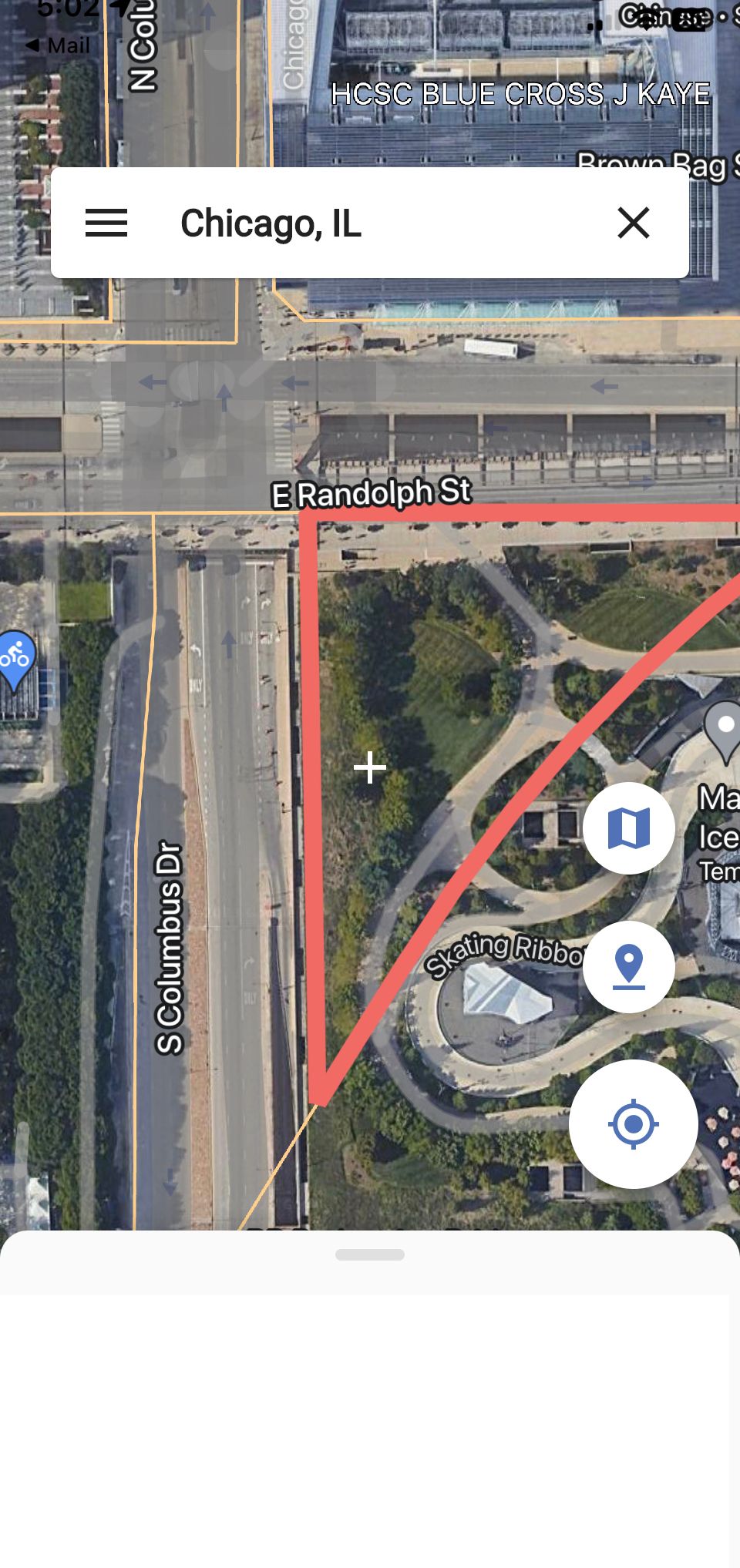
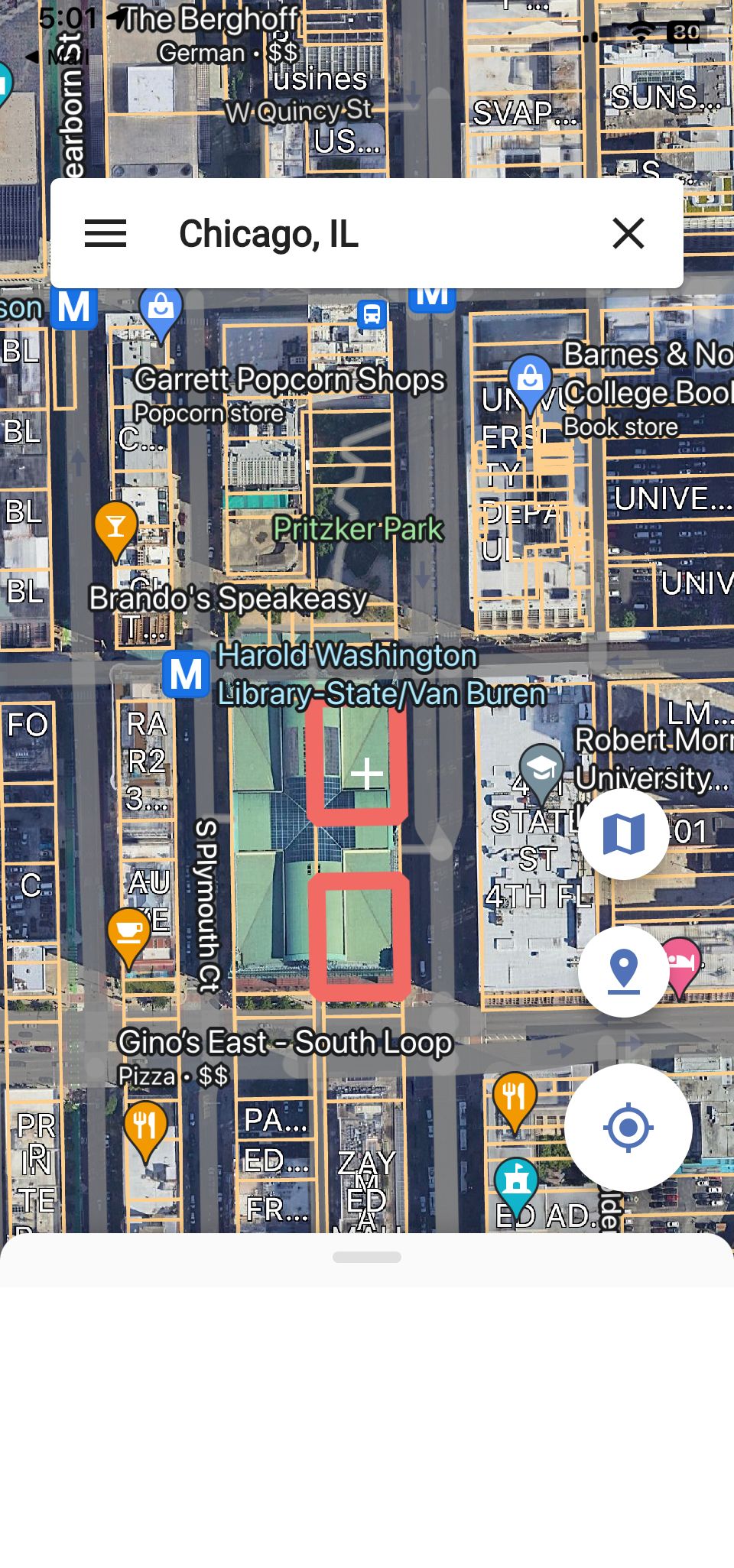
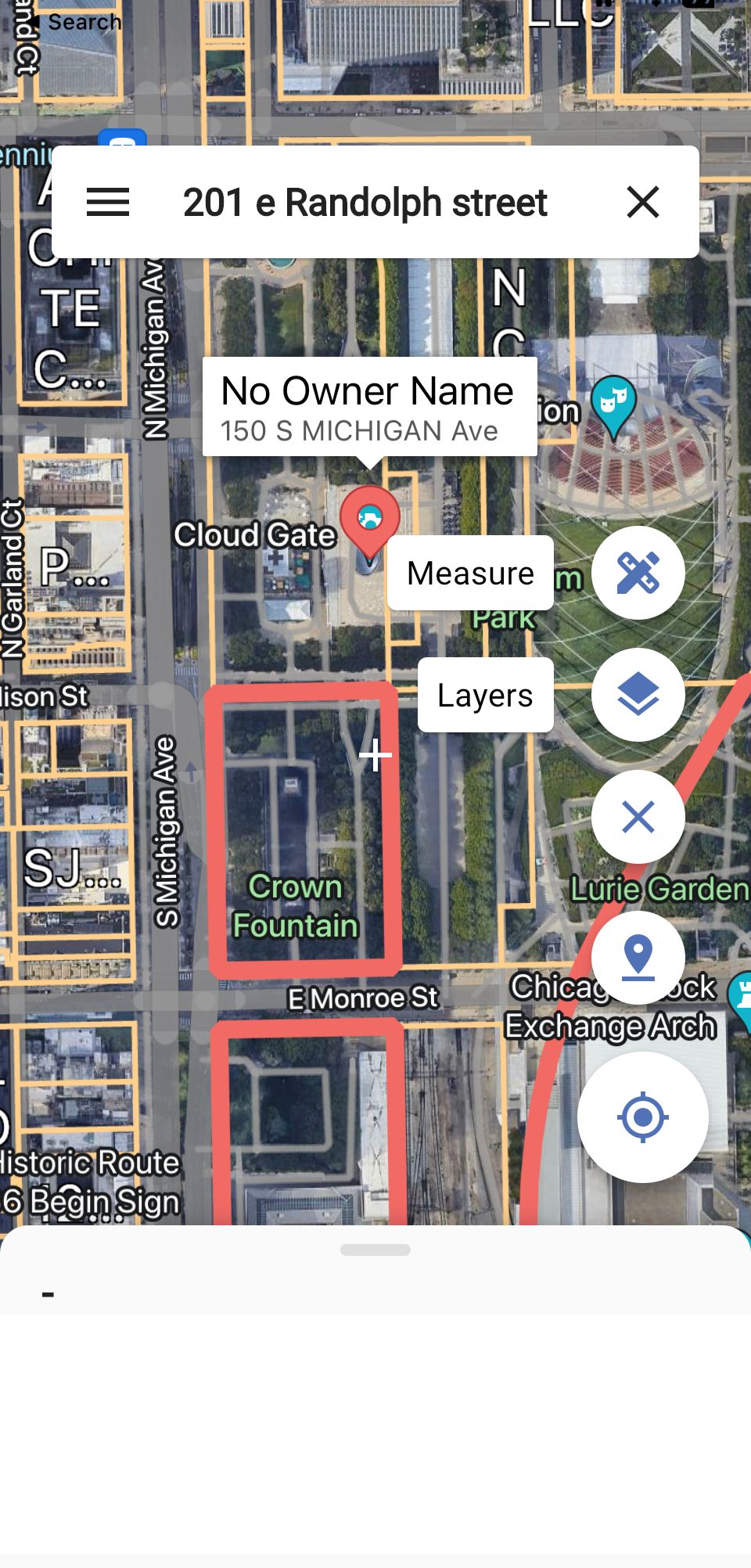
Finding your property lines with LandGlide is easy. To get started, just download the app and insert your address at the top when it opens. LandGlide will find your property and show you the property lines.
If you don't have an address or a vacant piece of land, you can enter owner or parcel info to get the property lines. You can also use your current location if you're trying to find out information like the parcel number. Alternatively, you can use the map and find the parcel manually.
If you haven't bought a house yet, remember that there are apps to help you find your dream home.
LandGlide has a satellite feature that can help you identify where your property lines are. While Google Maps also has boundary lines, LandGlide is more accurate. Google Maps doesn't show all parcel maps/boundaries as LandGlide does.
LandGlide sources its information directly from the county. You can also use the GPS feature to show you where you are relative to your property lines. When you walk around, you can find out how close you are to your property line and mark it yourself.
You can also use LandGlide to find surveyor pins to get the property line. This is helpful if you need to know where the line is for a fence or building.
To find a surveyor pin using LandGlide, you just need a metal detector. Then, open the app and start scanning the property's boundary lines. The Surveyor pin will be close by and show up as a small piece of iron on the metal detector. Surveyor pins are usually 10 feet from the street and made of pure iron.
Although LandGlide says it offers "fairly accurate" parcel lines, they should not be relied on for any legal purposes. For that, you still need a surveyor.
How to Find the Owner of a Property Using LandGlide
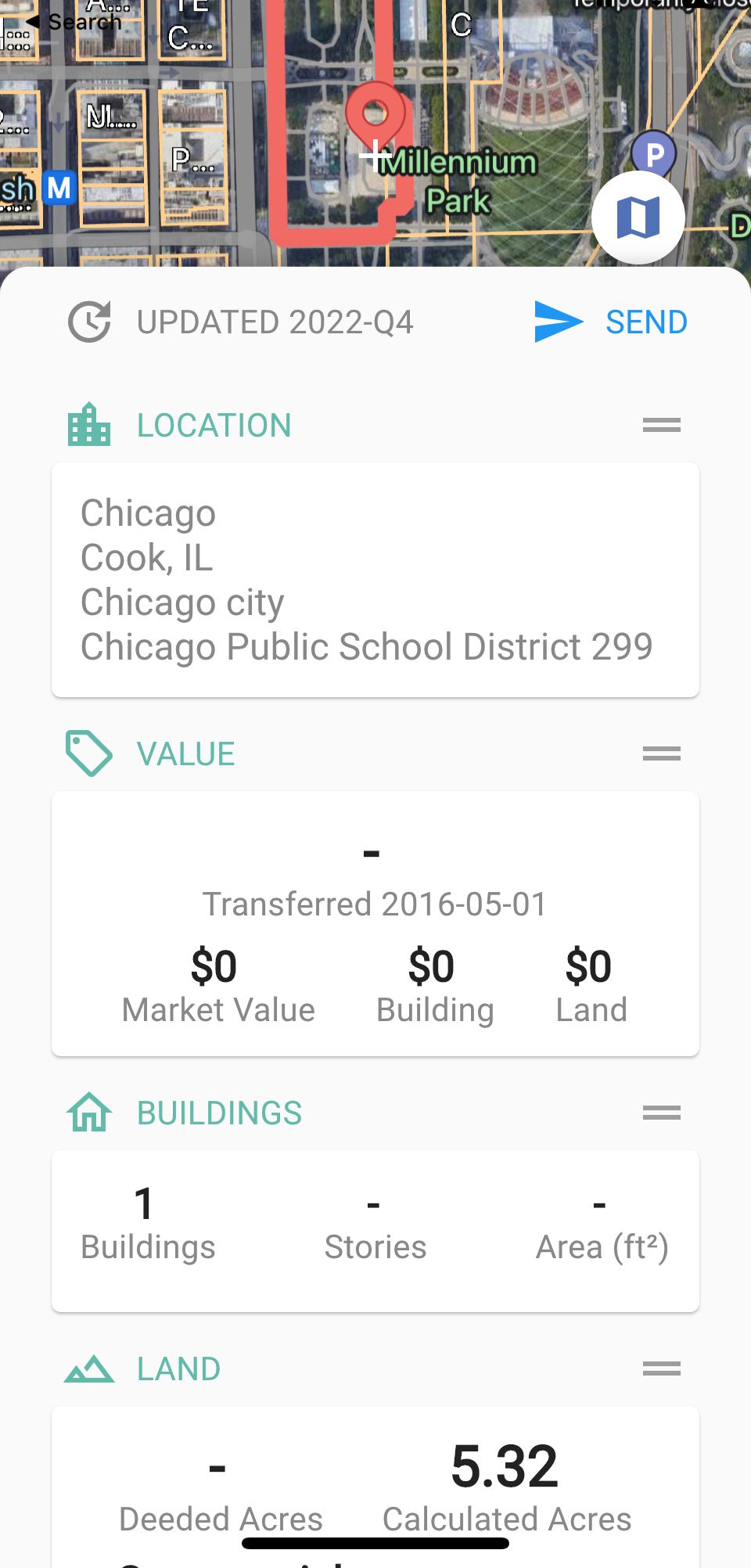
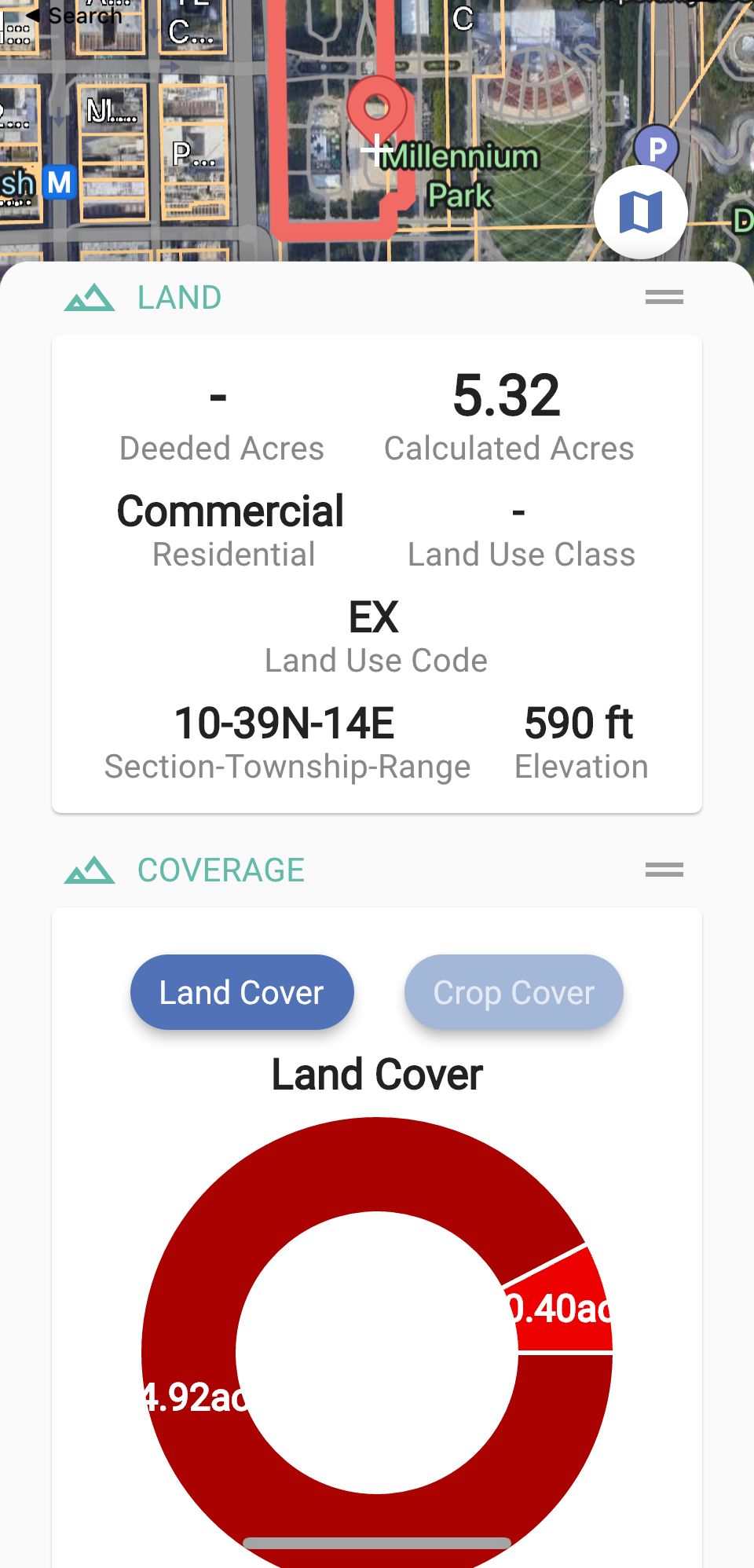
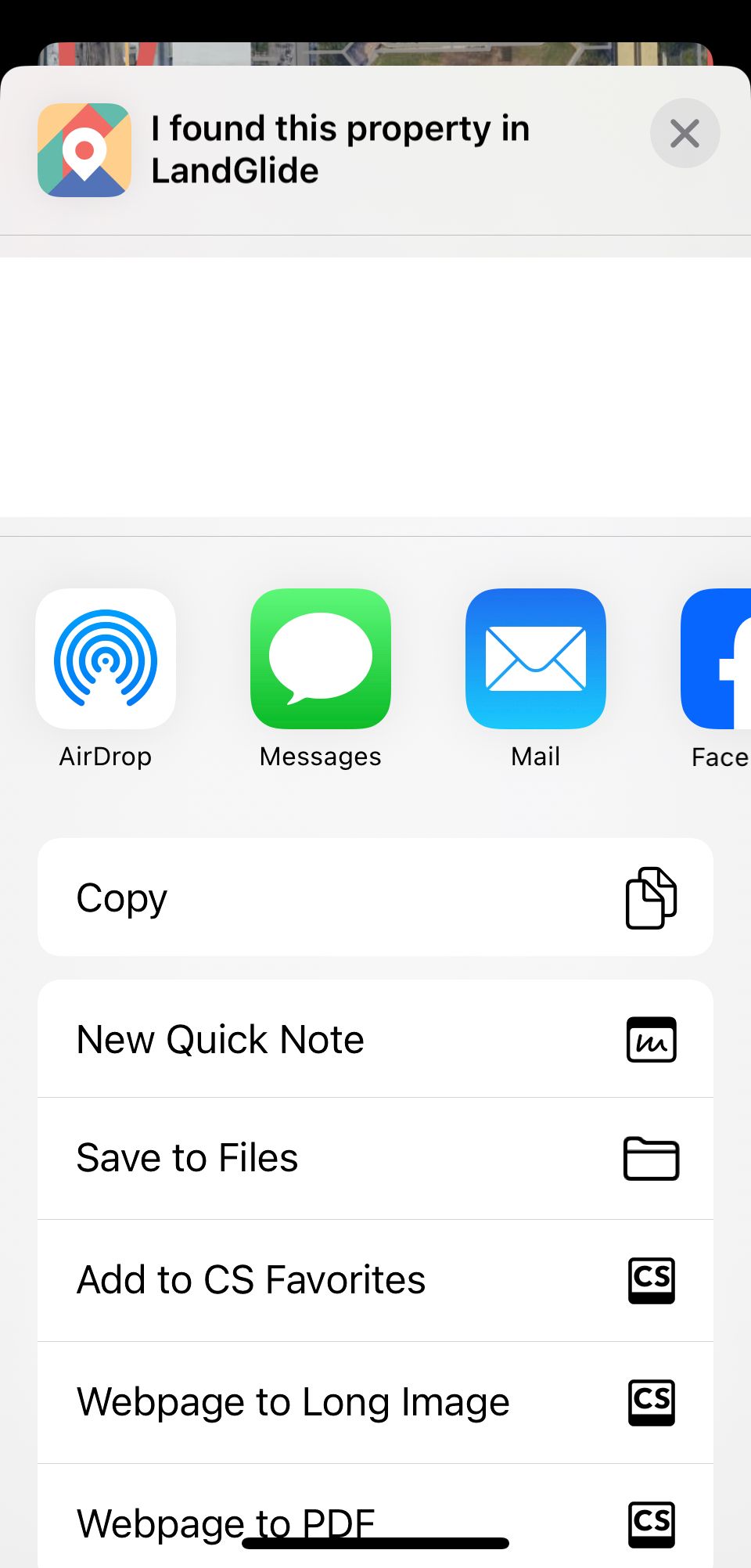
If you need to contact a neighbor or are curious about who owns a property, you can do this using LandGlide. Since LandGlide includes parcel data for most properties in the United States, you can also find the owner's contact information.
This is helpful if there's a vacant property next to yours and you need to contact the owner. Some people use this feature to contact the owner and make an offer to expand their property. It will also bring up information on acreage, value, elevation, and more.
To find the owner, all you need to do is tap on the parcel in the LandGlide app. This will bring up their information. This is also helpful for realtors and property investors. LandGlide, along with these must-have apps for realtors, can help boost your business.
Besides the iOS and Android versions, LandGlide also offers a web app, which is great for checking owner information.
Download: LandGlide for iOS | Android | Web ($9.99/month or $99/year, free trial available)
Are Surveyors a Thing of the Past?
With apps like LandGlide, it can be easy to think that we won't need surveyors as much in the future, but that is far from the case. Although GPS parcel data helps you find approximate property lines without hiring a surveyor, LandGlide itself states that its properly lines "are not recommended to use for legal purposes."
This is because tax and parcel maps, which LandGlide relies on, might not match the deed of the property, which is the legal property line. Despite this, surveys are expensive and take weeks to complete, meaning LandGlide can offer a quick and easy solution for trivial matters. But you shouldn't rely on it for much more than that.
If you and your neighbor are having a property dispute, the LandGlide parcel data isn't accepted in court cases. For this, you'll need an actual survey. LandGlide is also only available to those in the US. While 95 percent of the US population is covered, if you're in the five percent that isn't, it won't be helpful.
Either way, the LandGlide app is a great option for some cases, and you might not need a surveyor at all if you're not in a legal dispute. Before spending time and money on a survey, give LandGlide a try first.

